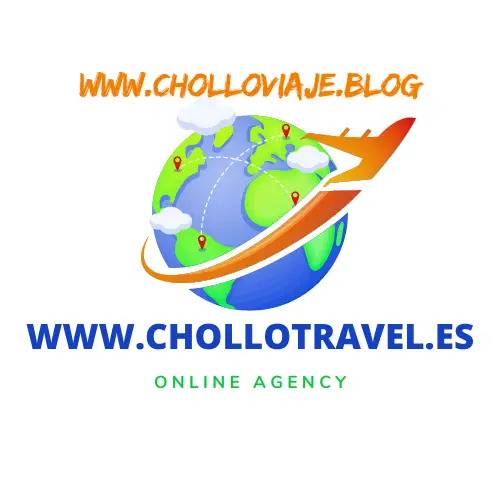Vancouver en los 80: Naturaleza y Ciudad
Vancouver en los años 80 fue un crisol de naturaleza y desarrollo urbano. Descubre cómo esta ciudad transformó su paisaje. #Vancouver80s #Naturaleza #Urbanismo #Cultura
SUSCRIBETE A NUESTRO CANAL . . . . NO TE PIERDAS EL PROXIMO DESTINO !!!
Viaja al pasado y descubre la belleza natural de Vancouver como nunca antes lo habías hecho. Este vídeo retro muestra lo mejor de Vancouver en los años 80, desde sus impresionantes montañas y bosques hasta sus hermosas playas y parques. Prepárate para quedar hipnotizado por el encanto intacto de la ciudad y sus impresionantes paisajes. Tanto si eres de Vancouver como si te gusta lo retro, este vídeo te traerá recuerdos nostálgicos y te maravillará con el esplendor natural de la ciudad. Siéntate, relájate y disfruta de la belleza de Vancouver en los 80.
Join me as I dive into the past and challenge myself to explore and capture the breathtaking natural beauty of Vancouver as it was in the 80s!
In this video, you’ll take a nostalgic journey back to the 1980s to explore Vancouver’s stunning natural beauty, showcasing its mountains, parks, and waterfront.
While Vancouver is known for its beauty today, many might not realize how its natural landscapes have evolved since the 1980s and the challenges faced during that time. The city’s rugged wilderness areas have been a major draw for outdoor enthusiasts, but back in the 80s, these areas were quite inaccessible. Development was rapidly changing the face of the city, and there were concerns about the impact on the environment. Despite these challenges, the city managed to preserve and promote its natural beauty, which became an integral part of its identity. In the 80s, Vancouver was still a relatively small city, with a population of just over half a million people, but it was growing rapidly, and this growth brought new opportunities and challenges. The city’s natural beauty was not only a source of pride but also a major selling point for attracting tourists and businesses.
You will delve into iconic locations such as Stanley Park, Grouse Mountain, and the beaches, highlighting their significance and how they captured the essence of the city’s charm in the 80s. Stanley Park, in particular, was a haven for outdoor enthusiasts, with its lush forests, scenic trails, and stunning beaches. It was a popular spot for picnics, hiking, and other outdoor activities, and it continues to be a beloved destination for both locals and tourists. Grouse Mountain, on the other hand, was a popular spot for skiing and snowboarding in the winter, and hiking and birdwatching in the summer. The beaches, such as English Bay and Kitsilano, were popular spots for swimming, sunbathing, and people-watching. These iconic locations not only showcased the city’s natural beauty but also reflected its laid-back, outdoor lifestyle.
One of the most iconic attractions in the 80s was the famous seawall, which was completed in 1980. The seawall was a major engineering feat that not only provided a scenic walking and cycling route but also helped to protect the city from the elements. It was a popular spot for joggers, cyclists, and walkers, and it offered stunning views of the city skyline and the mountains. The seawall was also a major tourist attraction, with many visitors coming to Vancouver specifically to walk or bike along its length.
The city’s natural beauty was not only limited to its parks and beaches; it was also reflected in its urban design. The 80s saw the rise of innovative urban planning, with a focus on creating green spaces and pedestrian-friendly areas. This focus on urban design helped to create a sense of community and made the city a more livable and attractive place. The city’s architecture, which was a mix of modern and heritage buildings, added to its charm and character.
Reveal the moment when Vancouver hosted the World Exposition in 1986, which showcased its natural beauty to a global audience and transformed its image permanently. Expo 86, as it was commonly known, was a major international event that brought together over 20 million visitors from around the world. It was a celebration of innovation, technology, and culture, and it featured pavilions from over 50 countries. The Expo was held on a 173-acre site in False Creek, which was previously an industrial area. The event was a major catalyst for urban renewal, and it helped to transform the city’s image from a rough-around-the-edges logging town to a modern, cosmopolitan city.
Vancouver retro, vancouver island, documentales, british columbia, estilo de vida en Vancouver, historia de Vancouver, toronto, vancouver, vida en la ciudad., turismo en Vancouver, cultura canadiense, british columbia canada, vida en los 80, paisajes de Vancouver, naturaleza, canadá




